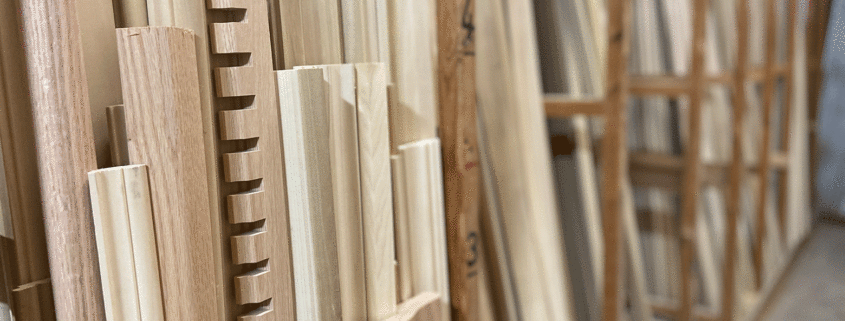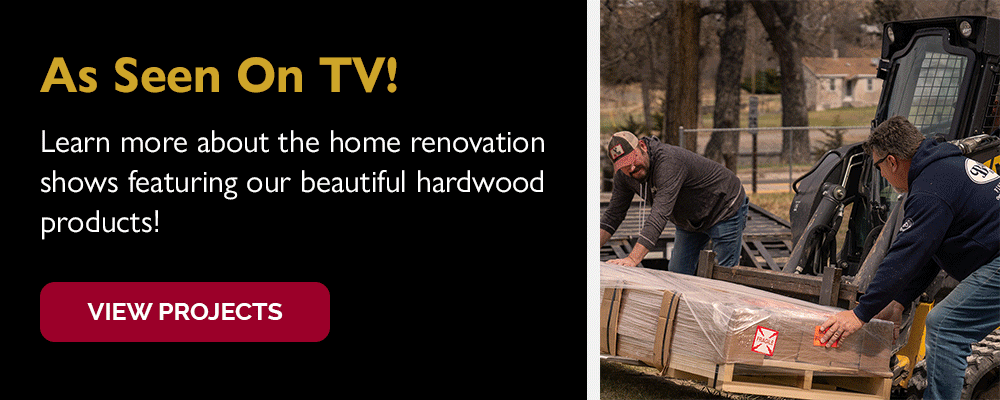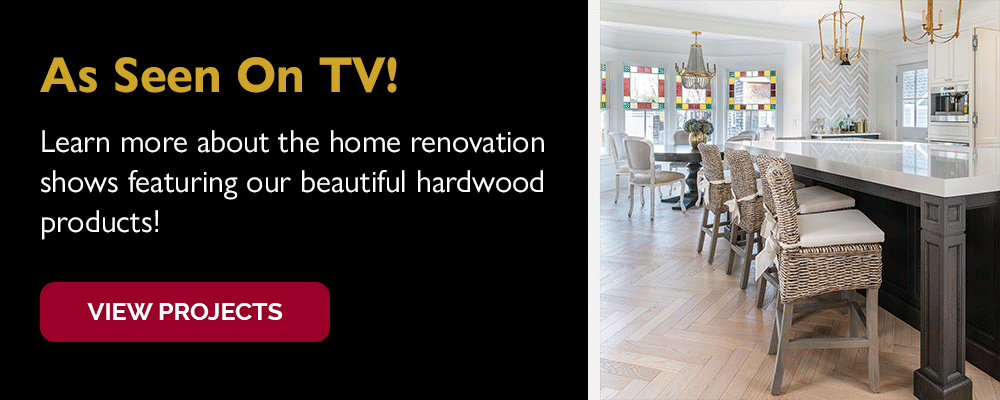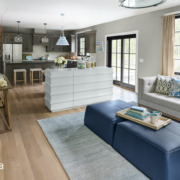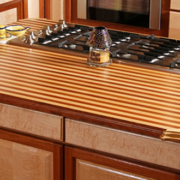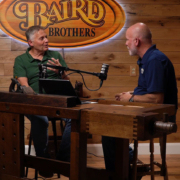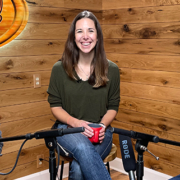The Only Guide You’ll Ever Need for Moulding Styles and Options
The right moulding (or trim) can elevate the appearance and value of any space, from the smallest dining room to the largest master suite. Moulding styles come in a variety of profiles that can be installed by themselves or combined for a truly custom look. So when choosing the right trim style for a home, consider available materials, personal taste and budget.
Finalizing hardwood mouldings can be a tricky thing for some. Afterall, there are tons of options out there, and each one has its own look and feel. It’s important to make sure that you pick something that works with the home’s architectural style, as well as your personality as the homeowner.
Whether you’re interested in elaborate millwork with dentil moulding or want to add a simple base cap to your baseboard, this guide will break down the basics so that you know what’s out there when it comes to types of molding styles.
Why Install New Mouldings in Your Home?
Mouldings are a great way to add style and character. They enhance the look of a room with minimal investment (depending on the amount of product used, of course), making your fireplace a focal point or hiding imperfections on walls and ceilings!
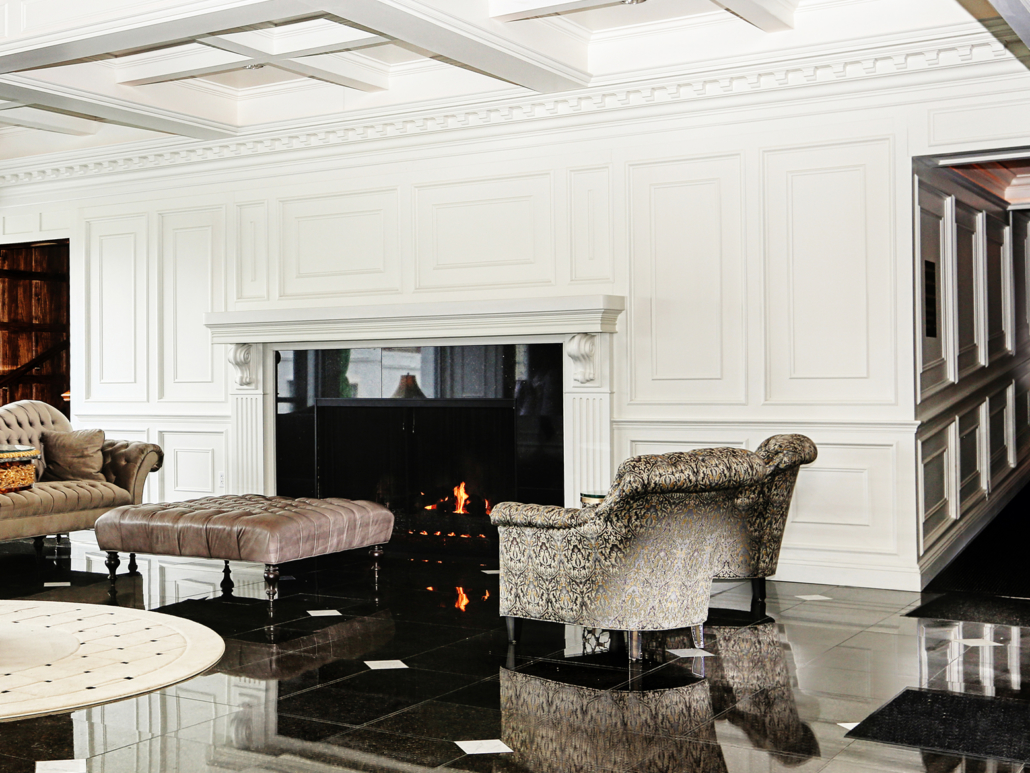
Types of Moulding Options
-
-
Baseboard:
A trim piece that covers the lowest part of an interior wall. See baseboard options at Baird Brothers Fine Hardwoods.
-
Casing:
A moulding used to frame or trim a door or window. See casing options at Baird Brothers Fine Hardwoods.
-
Chair Rail:
A moulding that runs horizontally along the wall to protect the area from damage. See chair rail mouldings at Baird Brothers Fine Hardwoods.
-
Crown Moulding:
A decorative piece installed where the wall meets the ceiling. See crown moulding options at Baird Brothers Fine Hardwoods.
-
Picture Rail:
A horizontal molding installed below crown moulding and used to hang pictures. See picture rail options at Baird Brothers Fine Hardwoods.
-
Wainscoting (Wainscot):
A traditional wall paneling (usually installed on the lower wall), common in living rooms, dining rooms and hallways for design styles like Colonial Revivals and Victorian era. See wainscot paneling options at Baird Brothers Fine Hardwoods.
-
Shiplap and Nickel Gap:
Previously a structural element of many homes that is now used as a decorative moulding. Often incorporated into accent walls and ceilings. (The main difference between the two options is that shiplap is face nailed and nickel gap has tongue and groove to hide nails.) See shiplap moulding options at Baird Brothers Fine Hardwoods.
-
Bar Top Rails:
A moulding used to complete the look of bar tops or counters. See bar top rail options at Baird Brothers Fine Hardwoods.
-
At Baird Brothers, in-stock hardwood mouldings are often available in poplar, red oak, cherry, maple and finger-jointed primed poplar. There’s no shortage of types of hardwood to use for your perfect molding, though: white oak, walnut, mahogany, cedar, and Brazilian cherry can all be special-ordered (as can ANY custom moulding profile that you can dream up!).

Moulding Materials
Mouldings are made from a variety of materials. Some of the most common molding materials include the following:
-
-
Solid Hardwood Mouldings:
Solid hardwoods are the most common material used for moulding, and they’re also the most versatile. Hardwood mouldings offer excellent durability and can be stained or painted to match any room decor. While natural wood can be more expensive than other materials, it can drastically impact home value and appearance. Baird Brothers offers a variety of species for all hardwood moulding options.
-
Finger-Jointed Hardwood Mouldings:
Stronger than MDF but less expensive than solid hardwood, finger-jointed mouldings utilize premium hardwood cut-offs (usually poplar) that can be primed and painted. Primed finger-jointed mouldings at Baird Brothers include casing, baseboard, crown moulding, chair rail, door jambs and stops, accessory mouldings, shiplap interior siding and wainscot paneling.
-
MDF Mouldings:
Medium density fiberboard is a type of wood composite that is less expensive than actual wood but still offers minimal maintenance. MDF is not as durable as solid or finger-jointed mouldings and can crack when exposed directly to sunlight (window frames and window casings) or heat sources like radiators or fireplaces (baseboard molding). MDF casing, baseboard mouldings, crown mouldings and chair rail are available at Baird Brothers.
-
Polyurethane Mouldings:
Polyurethane is a type of plastic composite material that has some advantages compared with other plastic materials, such as PVC. Its thickness prevents warping over time but gaps may still appear from expansion and contraction due to sunlight or extreme temperature fluctuation.
-
See the difference between finger-jointed mouldings and MDF for yourself. Follow along with Ben Baird as he breaks down MDF and finger-jointed mouldings to demonstrate the variation in strength and durability.
In the end, it’s easy to see how natural hardwood moulding is resilient. It can take everyday wear and tear before knicks and scuff marks are noticeable, and it can also be refinished to look brand-new down the road.
Mouldings for Interior Design Styles
Moulding options aren’t universal, though. It’s important to understand the design style you’re trying to achieve and then incorporate profiles that match that look and feel.
Craftsman-style design (also commonly referred to as Shaker or Mission style) is flexible enough to include both painted and natural finishes. Doors and mouldings, however, are often simple and understated with wide widths and simple lines.
Contemporary interior design typically includes more natural elements and hues. Lighter, airy hardwood mouldings (like quarter sawn white oak) can be blended with darker metals to achieve an edgy, sophisticated style.
Traditional interior design draws inspiration from 18th and 19th century French and English architecture. It often includes ornate, handcrafted elements (like layered crown moulding, wainscot and intricate casing) and a neutral palette.
A modern rustic style helps to create a functional, comfortable space, often mixing high and low contrast elements like exposed box beams, antique oak flooring and painted shiplap.
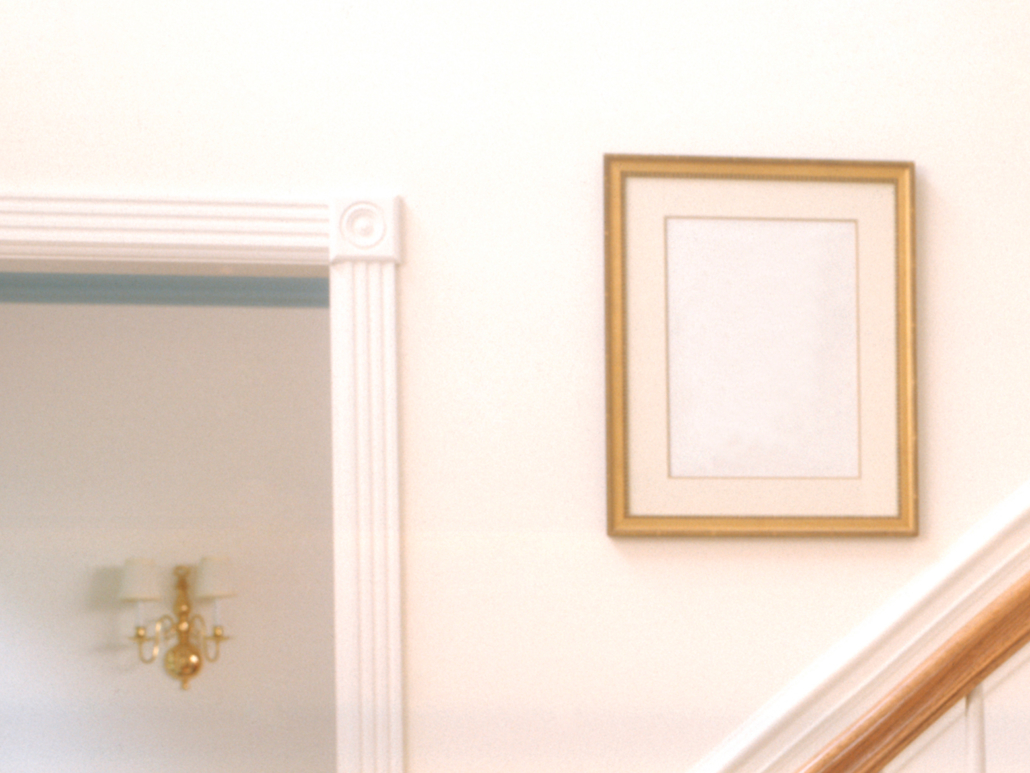
Decorative Mouldings To Incorporate
Trim and moulding can be used to add a touch of elegance or create a focal point. Plus, it’s one of the easiest ways to elevate the appearance and value of any space.
Moulding Ornamentation
There are various types of accent molding styles.
-
- Rosettes – Decorative moulding blocks used for casing on windows and doors – often used to break up crown molding or door trim.
- Batten – Thin strips of molding used to cover panel seams. Due to its simplicity, batten can be used to create an intricate design on a wall, as well.
- Plinth Block – This is a decorative corner at the bottom of a door frame, where the wall’s base molding and door molding meet.
- Rope Moulding – Finishing trim often used to add a decorative twist to crown moulding or cabinets.
DIY Moulding or Professional Moulding Installation?
DIY moulding installation is a great option for craftsmen who are willing to put in the time and effort (and who have the right tools and know-how). The average homeowner typically elects to hire a contractor to eliminate risk of injury or damage to their home.
Buying the Right Moulding
If you’re still unsure about which moulding profile is right, contact Baird Brothers and we’ll help you find the moulding style that you’re looking for. Our experienced sales staff will work together with you or your contractor to make sure that you’re achieving the design you envisioned. We can even utilize our 3D printer to create a completely custom piece (or match an existing profile already in your home).

